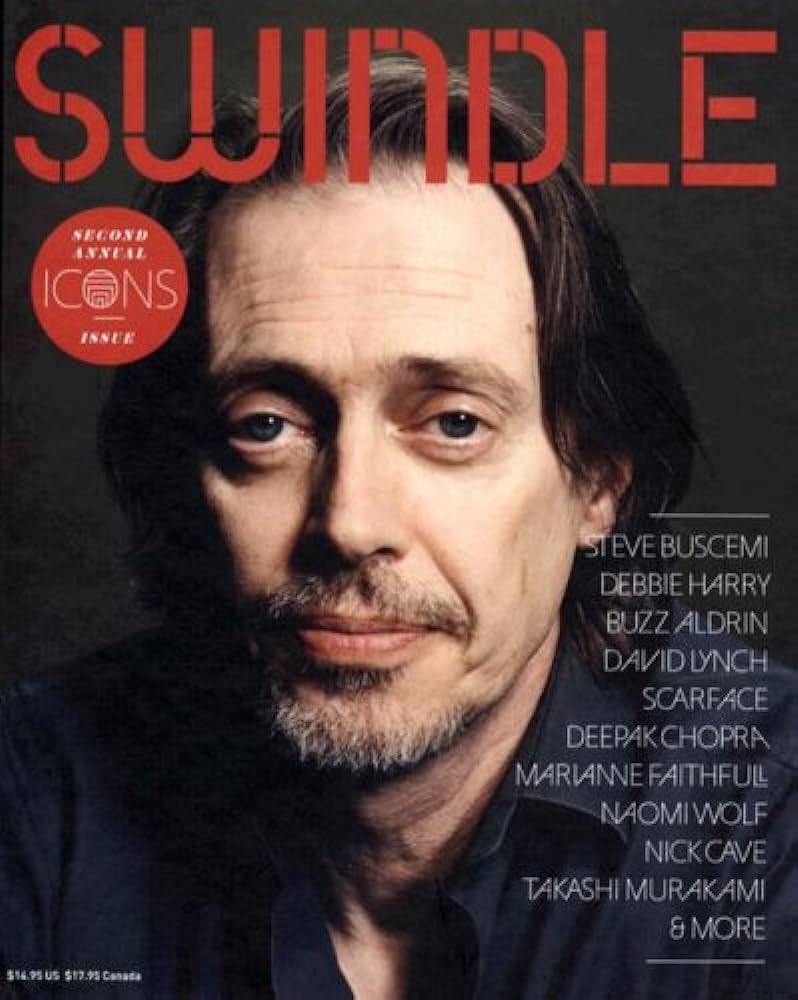Swindle (Prior revision dated Saturday 16 September 2023 03:17:52 -- @179)
Swindle was an American independent magazine that was published from 2004 to 2010. The publication was known for its irreverent and provocative coverage of popular culture and counterculture.
History
Swindle was founded in 2004 by writer and editor Roger Gastman and artist Shepard Fairey. The magazine was based in Los Angeles, California, and had a distinct DIY aesthetic, with a focus on street art, graffiti, and underground culture.
Throughout its run, Swindle published articles, interviews, and photo essays related to a wide range of topics, including music, fashion, art, and politics. The publication was characterized by its irreverent tone and willingness to cover controversial subjects.
In addition to its print magazine, Swindle also maintained a significant online presence, with a number of related blogs, podcasts, and video series.
Content and Features
Swindle covered a wide range of topics related to popular and counterculture, with a particular focus on street art and graffiti. The magazine featured interviews with famous artists and cultural figures, including Banksy, Shepard Fairey, and Spike Jonze.
Swindle also had a number of regular features, including "In the Studio," which provided an inside look at artists' workspaces, and "Crate Diggers," which profiled record collectors and their collections.
Additionally, Swindle was known for its design aesthetic, with each issue featuring unique layouts and graphic design. The magazine also included various inserts, such as posters and stickers, which added to the publication's collectible appeal.
Reception and Significance
Swindle was known for its irreverence and unique perspective on popular culture and counterculture. The publication played an important role in promoting street art and graffiti as legitimate forms of artistic expression and helped to elevate many of the figures associated with these movements.
Swindle's provocative style and willingness to push boundaries made it a beloved publication among many readers, although it was not without its critics. Nonetheless, the magazine's influence on popular culture and design cannot be denied, and its legacy can still be seen in the many publications and cultural movements that followed in its wake.{{Categories}}